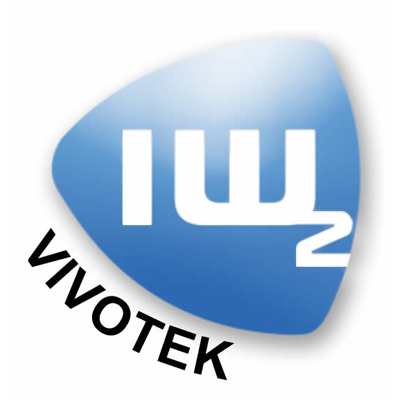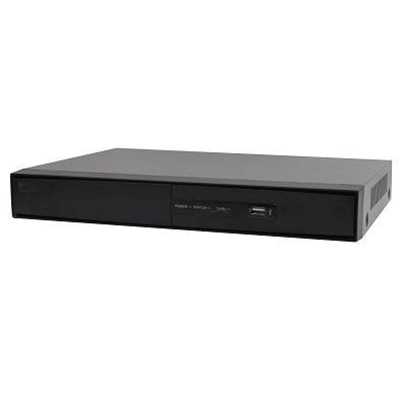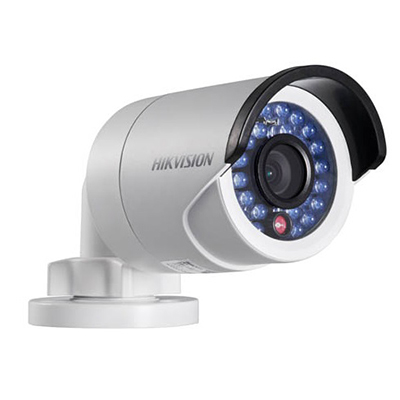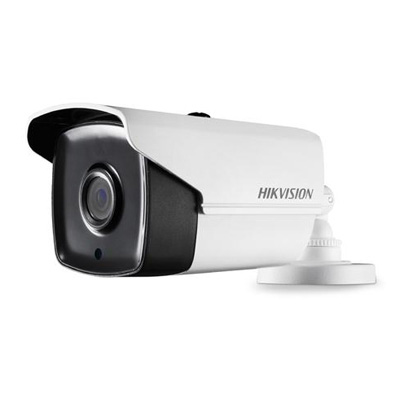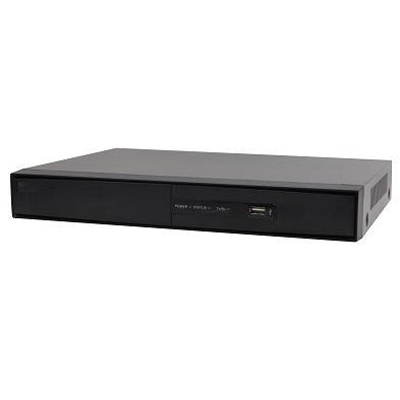"The better the sensors, the better a human can see," agrees Dr Rustom Kanga, CEO of iOmniscient. "However high resolution cameras require more computing power, bandwidth and storage”. His company has therefore ensured they can do very comprehensive analytics with very low resolution cameras using higher resolution selectively only when it is necessary for automated recognition.
For instance if a bag is abandoned in a very busy location where it is significantly obscured by passersby, iOmniscient's system can detect it with a very low resolution camera. Their system would automatically jump back to the start of the event to see who brought the bag into the scene. It would then focus in on the face of the person and extract that particular portion at high resolution (note that you do not need to see his shoes in high-res to recognise him) and then track him on different cameras till he is apprehended. This entire process can be automatic with no human intervention. This patented ability to extract, store and use high-res for important parts of the image such as faces, number plates and other things of interest while leaving the rest of the image in low resolution enables iOmniscient to reduce the storage and bandwidth requirements by around 90%.
"Our system can dynamically look at an image in low resolution while still seeing the important features (eg faces and number plates) in high resolution", says Kanga, "This is how humans see. They have a wide field of view but only have a focussed view of a very small area. The difference in our system is that one can have multiple high-res views. So if there are 10 people and 5 cars in the scene the system can see all the faces and number plates in high-res while leaving all the rest of the image in low-res. Our customers can see that the saving in storage is so significant that it will usually pay for the intelligent software and more."









